Home / Products / BMAir / BMAir Sectors
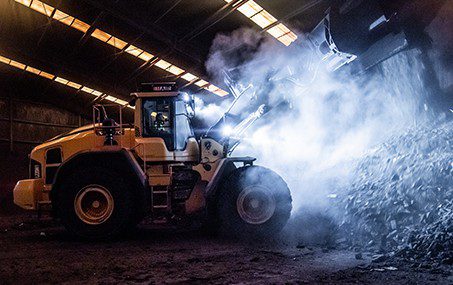
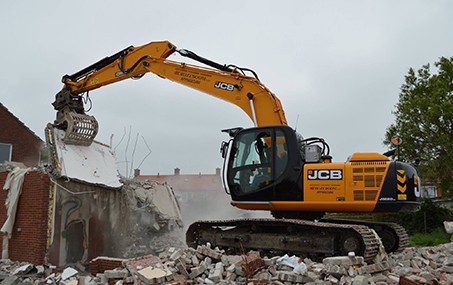
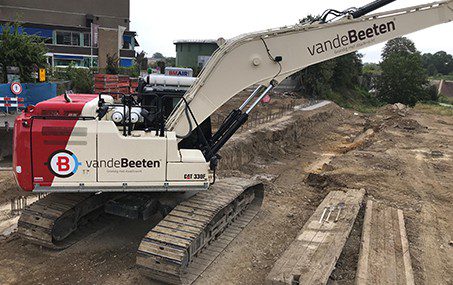
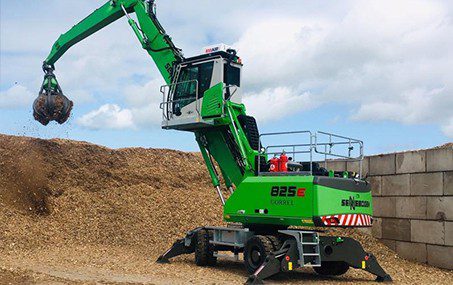
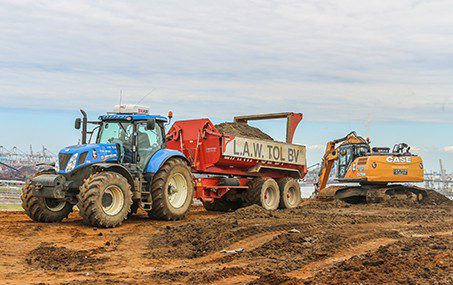
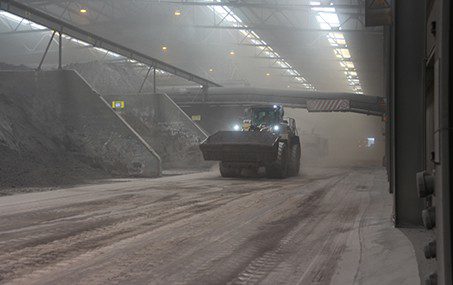
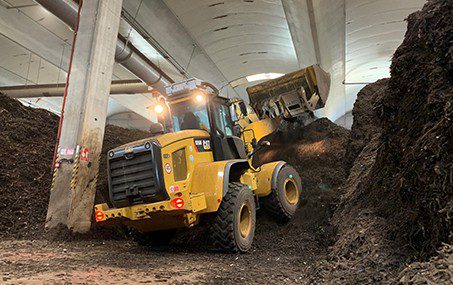
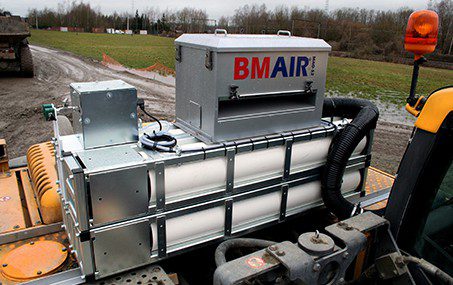
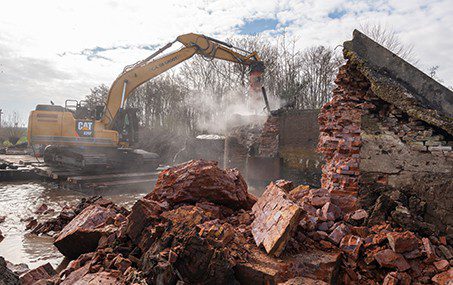
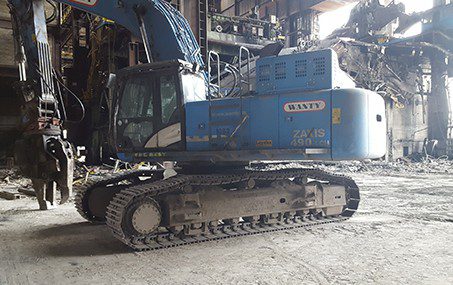
Mining machine operators are automatically exposed to lots of dust. Many substances are relatively harmless in small quantities. However, in large quantities these substances can be dangerous:
Every sector has its own hazardous substances. That is why BMAir offers special systems and filters for various sectors.

Silica dust is a nearly invisible, deadly hazard that poses a significant risk to those working in mining, quarrying, and various construction industries. It originates from quartz, a naturally occurring mineral found in approximately 60% of the earth’s crust, commonly present in sand, stone, concrete, bricks, and many natural rocks.
When materials containing quartz are drilled, ground, or crushed, tiny respirable particles are released into the air. These fine particles are so small that they can bypass the body’s natural defenses, reaching deep into the lungs. The result? The potential development of serious and life-threatening conditions, including:
Silicosis: An incurable lung disease caused by the buildup of silica dust in the lungs, leading to scarring and impaired lung function.
Lung Cancer: Quartz is classified as a carcinogen, with prolonged exposure significantly increasing the risk of developing lung cancer.
Kidney Disease & Chronic Obstructive Pulmonary Disease (COPD): Conditions that can severely impact quality of life.
The real danger lies in the fact that quartz particles are extremely fine and almost invisible, making them easy to inhale without awareness. The damage they cause can take years to become apparent, but by then, the consequences are often irreversible.
Protecting workers from silica dust requires effective dust control measures, advanced filtration systems, and a commitment to safety that prioritizes prevention over reactive monitoring.

The exhaust fumes of diesel engines are called diesel motor emission (DME) The term diesel smoke is also often used. DME contains fumes and particulate matter (soot). The ultra-fine particulate matter contains polycyclic aromatic hydrocarbons (PAHs) that are carcinogenic.

Poor ventilation underground can cause direct shortage of oxygen. Insufficient oxygen means that there is less than 18% volume of oxygen; usually, air contains 21% volume of oxygen. Without any prior symptoms, people become dizzy and lose consciousness when the concentration of oxygen is less than 10%. A rapid result of oxygen shortage is brain damage followed by death within several minutes, unless a person is resuscitated.
|
|
Thank you for Signing Up |
